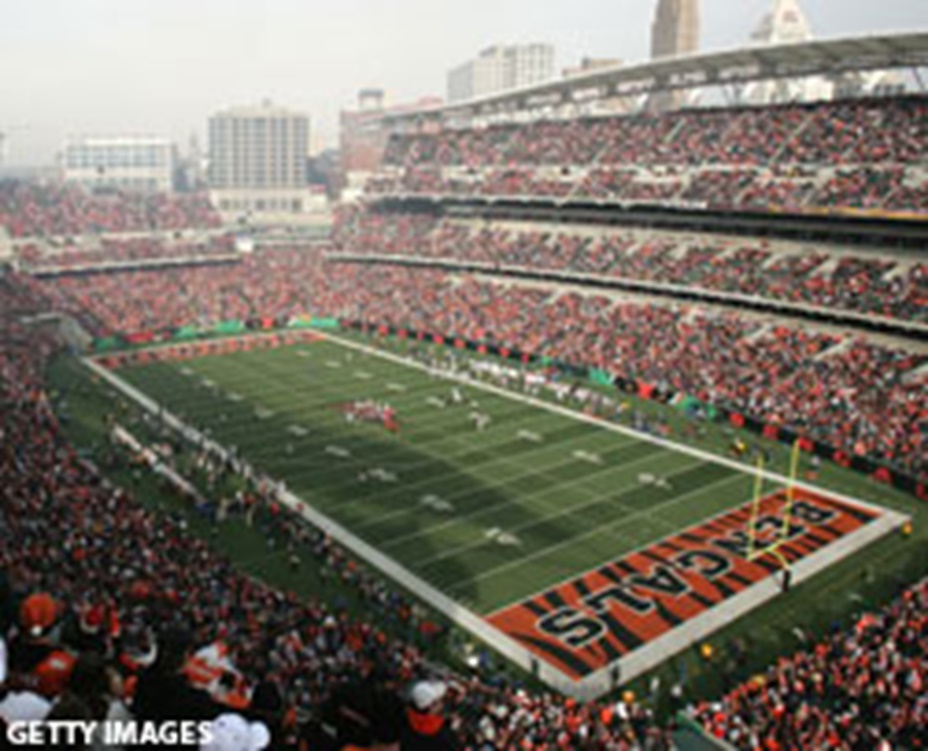A rollback of a Hamilton County, Ohio, property-tax break promised as part of a '96 plan to entice voters to pay for Paul Brown Stadium and Great American Ball Park is the “latest in a string of unforeseen consequences from what has turned into one of the worst professional sports deals ever struck by a local government -- soaking up unprecedented tax dollars and county resources while returning little economic benefit,” according to a front-page piece by Albergotti & McWhirter of the WALL STREET JOURNAL. The deal to finance Paul Brown Stadium “has fanned the county's current struggles.” Of the 23 NFL stadiums built or renovated between '92-'10, only “two involved a single county government willing to shoulder the debt burden necessary to build costly new facilities.” The Bengals pact “was unusually lopsided in favor of the team and risky for taxpayers.” Hamilton County said that the final cost to build Paul Brown Stadium was $454M. The Bengals’ estimate “puts the tab at” $350M. But Harvard Univ. professor Judith Grant Long found that the “cost to the public was closer” to $555M once “other expenditures, such as special elevated parking structures, are factored in.” In addition to “paying for the stadium, Hamilton County granted the Bengals generous lease terms,” agreeing to “pick up nearly all operating and capital improvement costs.” Bengals VP Troy Blackburn said that the deal was “fairly negotiated.” The county in financing Paul Brown Stadium and Great American Ball Park “assumed more than $1 billion in debt by issuing its own bonds without any help from the surrounding counties or the state.” Hamilton County officials “expect debt payments to create a $30 million budget deficit by 2012.” The Bengals’ stadium in ’10 cost taxpayers $34.6M -- “a sum equal to 16.4% of the county budget.” The county has had to “restructure the debt on the stadium a number of times to keep up with payments.” The Bengals “maintain that the county has made a series of financial moves that left it vulnerable to a downturn.” Blackburn: "If you make a decision to fund something, you can't try to hold somebody else responsible for that decision." Albergotti & McWhirter note the Reds' Great American Ball Park, completed in '03, “didn't go over budget and today is largely self-supporting” (WALL STREET JOURNAL, 7/12).




